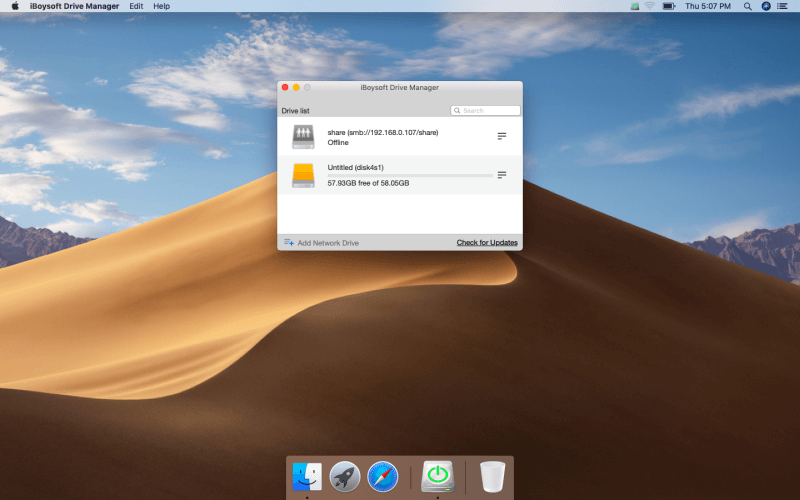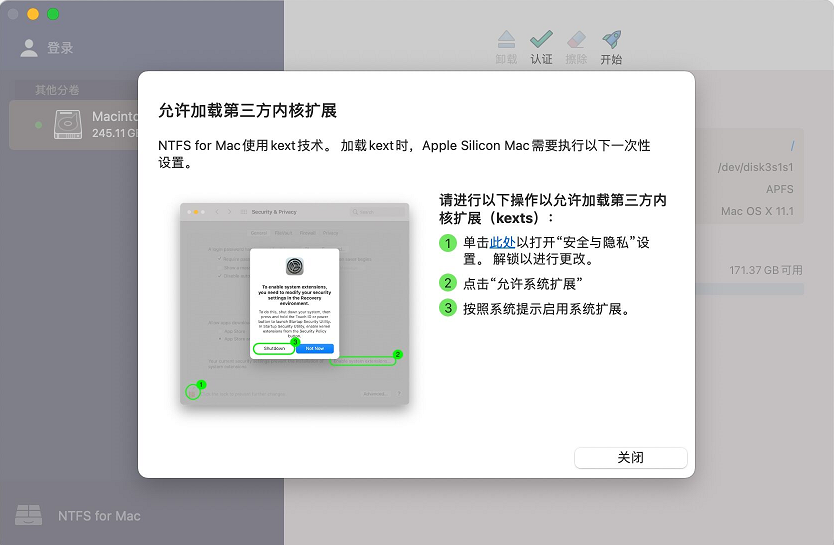

APFS is always a preferred option for SSD if you want speed, better storage space management, and error-free backups. But if performance and compatibility matter to you, stay with HFS+. Configurable using Scroll Bar.sublime-mousemap Mac: Releases use universal. When your backup mode is via an external hard disk, you can go with APFS if performance is less critical than storage efficiency. Windows: Fixed NTFS alternate data streams being deleted on save. Step 3: Enter the following command line, which will enable NTFS write. Step 2: Type sudo nano /etc/fstab into the Terminal to open the /etc/fstab file for editing nano text editor.
#NTFS MAC M1 HOW TO#
You’ll be able to store far more backups in less time and space. How to Read and Write to NTFS Drives on Apple M1 Mac Step 1: Go to Finder > Applications > Utilities > Terminal. They generally include many different versions of the data, even copies of those files that have been deleted.ĪPFS, as we know, is an attractive option because it uses storage space more efficiently. The whole outcome changes when you’re doing versioned backups. If your sole purpose is to archive the data, you don’t need APFS. It is so convenient that you don't need to fiddle with complex command lines and wait for the result. Once it running, you can easily read, write, delete, add, transfer files.
#NTFS MAC M1 FOR MAC#

Are you using External Hard Drive or SSD?.Do you want to use the external drive to share with a Windows PC or Linux?.Do you want to use the external drive for data archival or backups? And do you want to use the same drive on other Macs, then note the macOS version and model.It also doesn't require complicated ACLs and file attribution systems like NTFS.īut before you convert from HFS+ to APFS, consider the following factors: exFAT has no realistic file or partition size limits. exFAT is the preferred file format for flash storage drives that you share between Windows and Mac. Microsoft designed this to provide similar compatibility to FAT32 without the pesky limitations. Manufacturers like Seagate lets you read and write data interchangeably on Windows and Mac without formatting the external drive. You can only access drives formatted with HFS+ on Windows through third-party apps.

Even if you’re using SSD as a Time Machine drive, it’s not compatible with APFS.


 0 kommentar(er)
0 kommentar(er)
